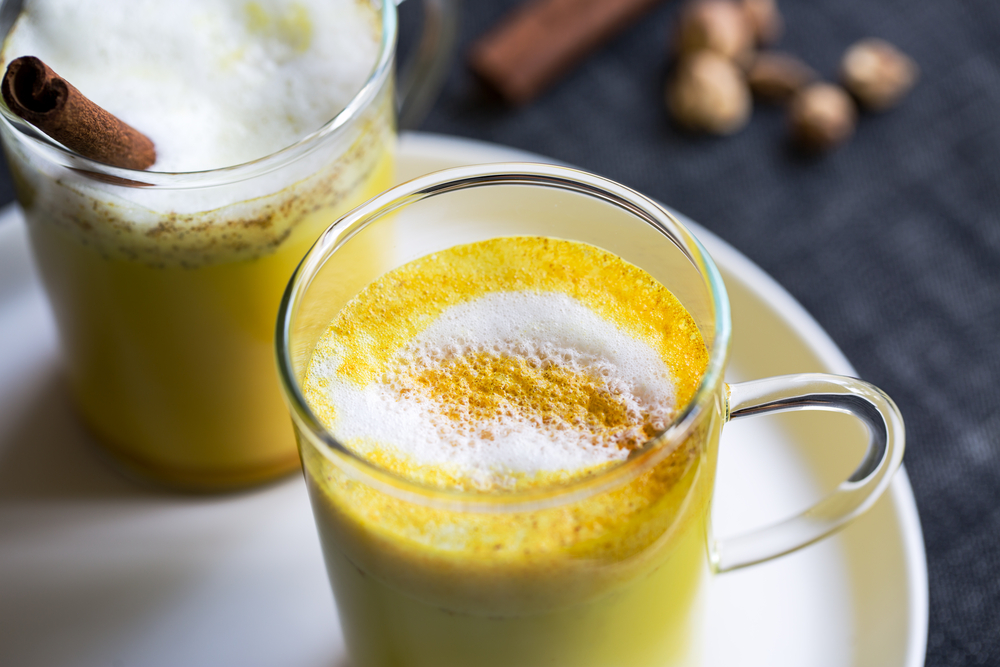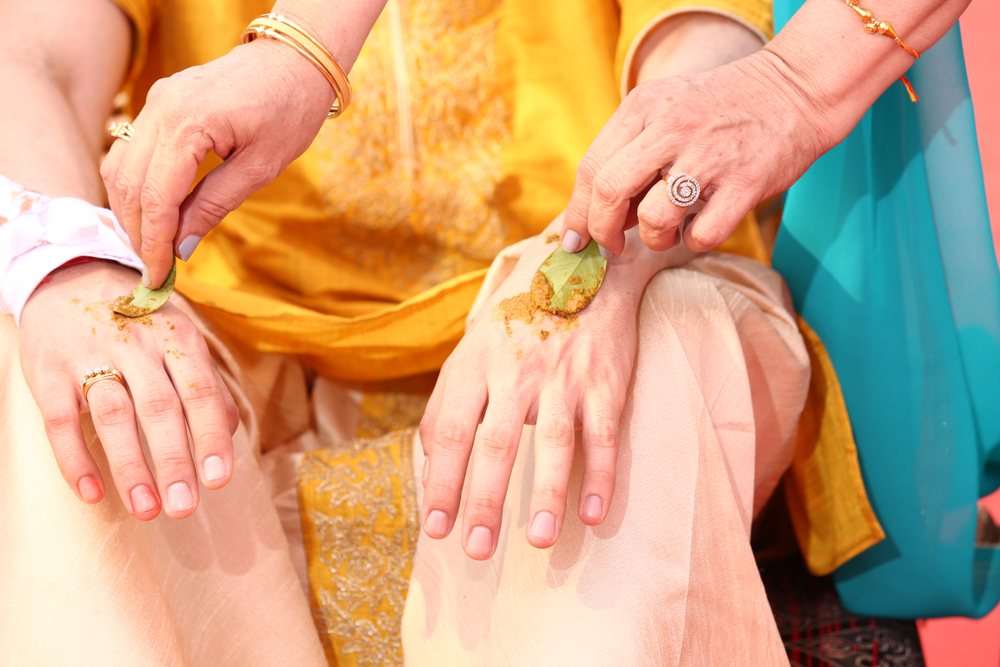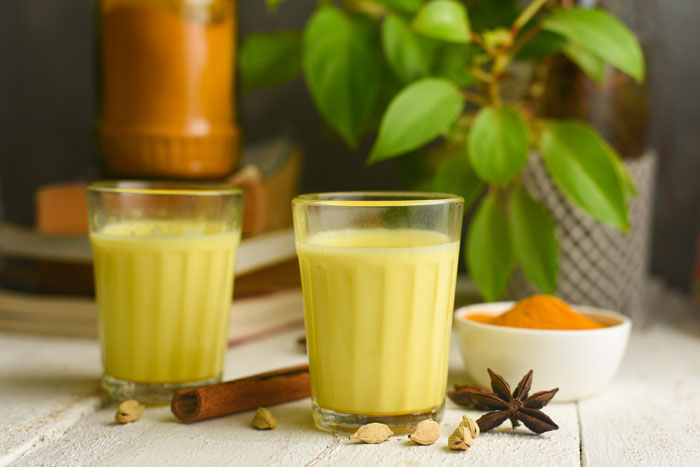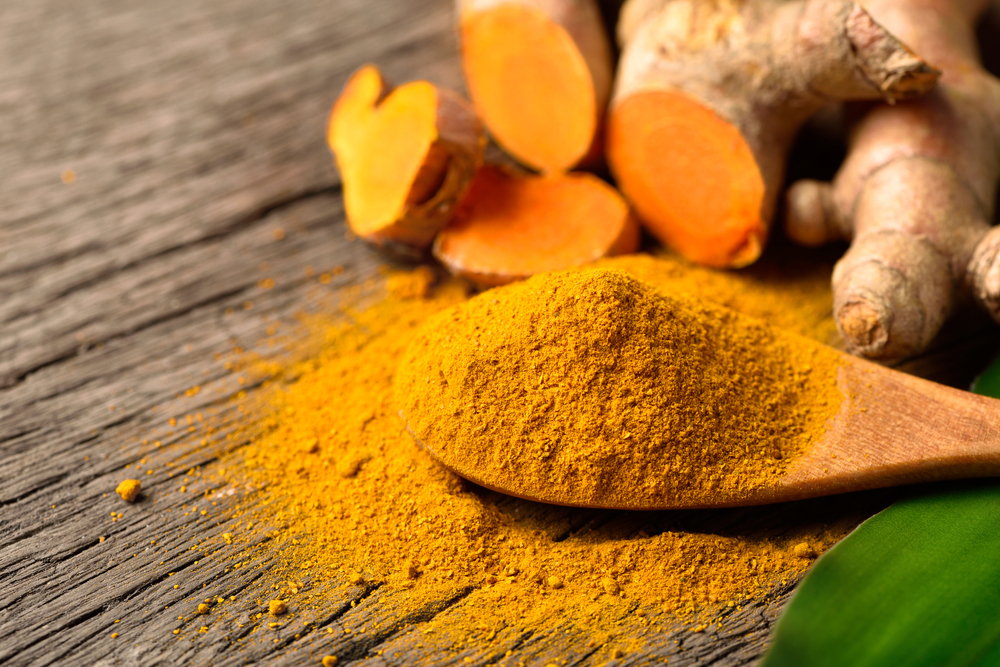Dr Nandini Saini writes about the emerging importance of turmeric as a medicine
Introduction
Haldi wala doodh (milk with turmeric powder), is considered by many to be a magic potion – whether it be a cold, fever or bodyache. It is also considered an immunity booster for all ages, from children to the elderly, and it is described as one of the healthiest drinks, the drink of choice in times of this pandemic. Even the western world has embraced it in the form of the popular turmeric latte.
Description
Turmeric (curcuma longa), belonging to the same family as ginger, is a perennial herbaceous plant, growing to a height of about 1 metre. The rhizomes, or underground stems, have found extensive use in social, culinary and medical fields. The roots are used fresh, or boiled, dried and ground into a powder.
Though native to Southern India and Indonesia, it is widely cultivated in islands and the mainland around the Indian Ocean. India alone shows the presence of around 40 to 45 species and is the largest producer of turmeric.
It has a pepper-like aroma, and stains deep yellow to golden.
History
The use of turmeric has been traced back almost 4,000 years in India. Not only was it an important part of Indian cuisine, people also associated it as a religious herb.
Ayurveda and Unani systems of medicine have used the spice extensively in their medical formulations, The Ayurveda Compendium of Rishi Sushruta, dating back to 250 BC also mentions the use of turmeric against ailments.
The secret ingredient
The most important chemical components of turmeric are a group of compounds called curcuminoids, which include curcumin (diferuloylmethane), demethoxycurcumin, and bisdemethoxycurcumin. The best-studied compound is curcumin, which is a main ingredient in powdered turmeric, responsible for the yellow colour.
Turmeric also has many important volatile oils include turmerone, atlantone, and zingiberene.
Oil and oleo resins extracted from Turmeric are widely used in the pharmaceutical industry.
Use
Turmeric has many versatile uses – from food to religious ceremonies to medicine! Let’s have a look at all the different facets of this amazing spice…

Non-medicinal:
Culinary
Known for its distinctive golden yellow colour, this spice has long been used in Indian cuisine. From curries to vegetables, it is a part of our everyday cooking. It is also used in other cuisines, like Thai and Cambodian curries; Malaysian dishes also find the use of turmeric as part of their ingredients.
Cultural
Turmeric has a lot of significance in Hindu culture. The yellow colour of the spice is considered auspicious, as well as implying purity and courage. It is strongly associated with Lord Krishna.
At one point of time, it was used to dye the robes of monks and priests.
Turmeric is used to adorn idols, along with vermillion and sandalwood. It is also used to make religious symbols like Om and Swastika.
The popular Haldi Ceremony, a part of most Indian weddings, is a ritual of cleansing and beautifying the bridal couple by applying Haldi on their skin.

Medicinal:
Ancient medicine
Turmeric has long been considered an important part of ancient medicine. Rishi Sushruta, in his book, the Sushruta Samahita, dated 250 BC, has mentioned the use of turmeric to treat food poisoning, and healing post-surgical wounds.
Modern Medicine
Though used extensively as a medicinal herb by the Ayurveda, Unani, Siddha and the traditional Chinese Medical practitioners, the use of turmeric in modern medicine is comparatively recent, with studies dating back 25 years or so. About 3000 publications are documented, regarding its health benefits.
Some of its medicinal properties and uses:
Anti-inflammatory
Curcumin, one of the main ingredients of turmeric, is said to be a powerful and effective anti-inflammatory. It is believed it inhibits the actions of certain enzymes that mediate the process of inflammation. As inflammation is either the cause or a symptom of a large number of medical conditions, the effectiveness of turmeric in curing or controlling these conditions is also recognised.
Antioxidant
Turmeric is a strong antioxidant. Not only does it fight the free radicals in the body, it also boosts the body’s anti oxidative mechanism.
Immunity booster
Because of its antiseptic, anti-viral and anti-fungal properties, turmeric acts as a natural immunity booster, and is often used as a home remedy to fight off infections.
Viral Infections
Fever, cold, bodyache – turmeric tea or turmeric milk is an age-old remedy – it is said to alleviate the symptoms and aid in a quick recovery.

Headaches
Belonging to the same family as ginger, with its ant oxidative and anti-inflammatory properties, turmeric is believed to reduce the severity and frequency of migraines. Studies have shown that Turmeric combined with Co enzyme Q10 and omega 3 fatty acids was quite effective in controlling migranous headaches.
Premenstrual
Recent clinical trials have shown that curcumin, the main ingredient in turmeric, has shown reduction in intensity of premenstrual symptoms –less pain, lesser mood swings. The anti-inflammatory properties of turmeric are responsible for this alleviation.
Diabetes
Studies have shown that consuming turmeric can help in controlling diabetes. It reduces insulin resistance, and, because of its anti-inflammatory properties, controls diabetic complications too.
Arthritis
Arthritis, especially rheumatoid arthritis, is an auto immune disorder which causes inflammation and swelling of the joints. Curcumin, a key ingredient of turmeric, has anti-inflammatory properties, and relieves the joint complaints.
Studies have found that arthritic subjects consuming 1 gm curcumin over 10 to 12 weeks showed considerable reduction in their symptoms.
Heart conditions

Cardiac ailments are the most common cause of morbidity and mortality around the world. Turmeric is known to improve the endothelial lining of the blood vessels, improving blood supply to the heart, thereby improving heart function.
A study of patients who had undergone a CABG (bypass) and subsequently treated with curcumin, showed lowered risk of a heart attack post-surgery.
It is also known to reduce cholesterol levels, protecting the heart vessels and the heart.
Cancer
Cancer is a disease in which there is proliferation of cells, leading to abnormal growths in the concerned organ or part of the body. Turmeric acts on this proliferation at a molecular level, reducing the spread of the disease. Studies suggest that it has been beneficial in pancreatic cancer.
Anti-Ageing
Some of the most popular anti-ageing products that we use have turmeric as an active ingredient. Being a powerful antioxidant and anti-inflammatory, it reduces free radicals production in the body and prevents signs of ageing. It also stimulates new cell growth.
Digestion
Turmeric is recognised as an alternative treatment for acid reflux. It is also said to reduce bloating, reduce ulcer formation. It is also said to protect the stomach lining from NSAIDS.
Eye Complaints
Curcumin, being a xanthophyll, protects the eye from excessive dryness. It is also said to prevent glaucoma (increased intra ocular pressure), and cataract.
Skin
Turmeric has long been associated with glowing skin, even used during wedding ceremonies.
The antiseptic properties of this spice help in reducing acne and scars. It is also known to reduce oil secretion by acting on the sebaceous glands. It is a good exfoliator, and helps remove dead cells.
Depression
Studies of people suffering from depression have shown positive results when treated with turmeric. It is said to increase levels of serotonin and dopamine, the feel good hormones.
Cognitive diseases

Cognitive – related to thinking, remembering and processing our thoughts.
Ageing causes the brain to shrink in size, reducing the number of neurons and preventing formation of new ones. Synoptic activity in the brain reduces too.
Curcumin is known to reduce or stop neuro degeneration, thereby preventing brain shrinkage and aiding in cognitive activity.
Clinical trials, wherein elderly participants suffering from cognitive insufficiency were given curcumin for a certain period of time, found that they showed improved memory and thought processes.
Another study performed PET scans on cognitively impaired elderly patients treated with curcumin; showed significantly less amyloid-beta plaque formation, which is associated with cognitive dysfunction.
Alzheimer’s Disease
Alzheimer’s Disease (AD) is a neuro degenerative disease characterised by memory loss, cognitive dysfunction and impulsive behaviour.
Oxidative stress, free radicals, beta amyloid plaques and abnormal inflammatory reactions contribute to Alzheimer’s Disease pathology.
Curcumin, being an anti-inflammatory and antioxidant, helps relieve symptoms of Alzheimer’s.
It can cross the blood brain barrier, which enables it to act on the neuro transmitters and synapses. It decreases the Beta-amyloid plaques, delays the degradation of neurons, improving the overall memory in patients with AD.
It also increases the levels of BDNF brain-derived neurotrophic factor (BDNF), which is a type of growth hormone that functions in your brain, maintaining and increasing the neurons.
Dosage
About 0 – 3 mg/ kg is an accepted dosage.
Curcumin, as a spice, is not easily soluble in the body. It is fat soluble, though, so it is advisable to stir fry it in oil, before consuming it.
Piperine, a constituent of black pepper, also aids in the absorption of curcumin. Adding black pepper to your meals, along with turmeric, is recommended.
There is active research and trials being carried out to study the effects and benefits of turmeric and curcumin in various diseases and conditions. It is really fascinating to see modern medicine recognising and using a spice… something being practised here since the ancient times!!









What is the connection between homoeopathy and aesthetics?
Every time we have to quote scriptures ( or some foreign research study) to prove our point in suggesting the usefulness of some ingredient (Haldi); why can not we conduct our research studies and communicate the results?
Comments are closed.